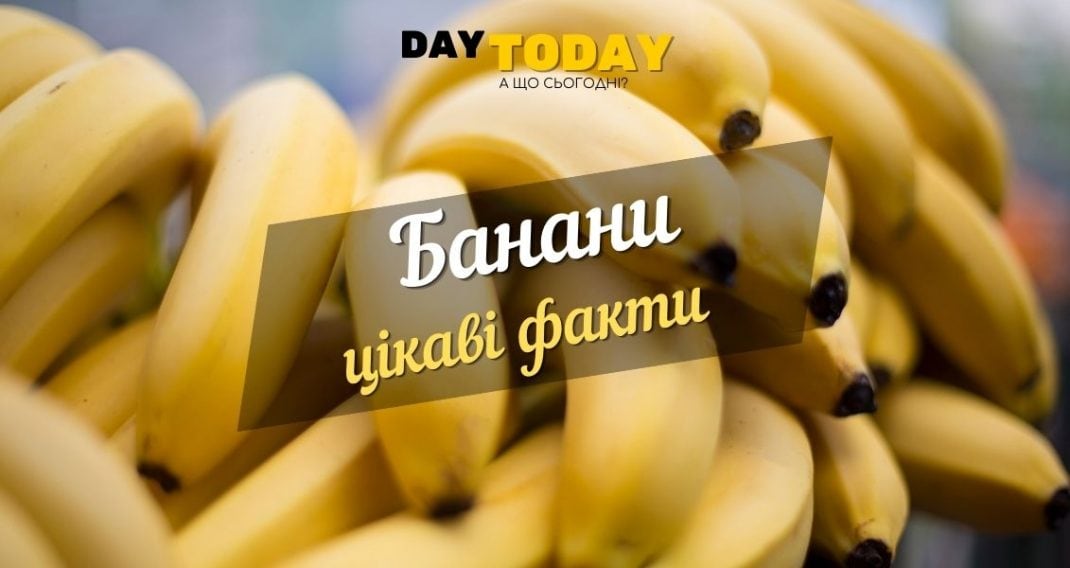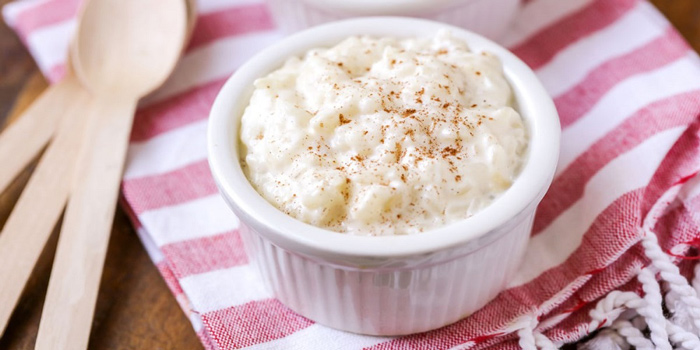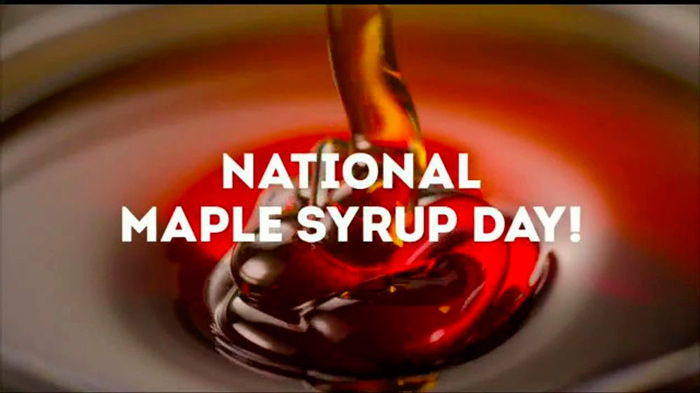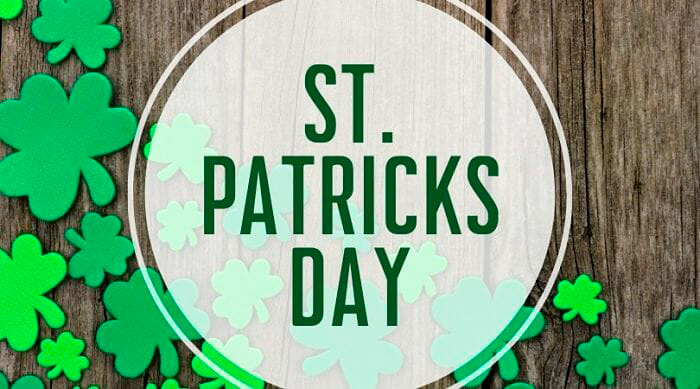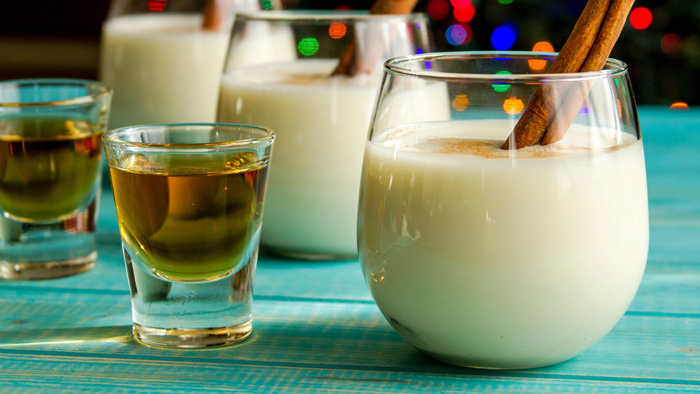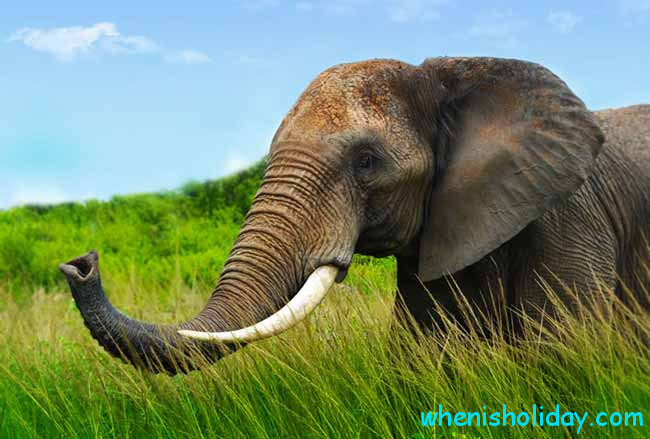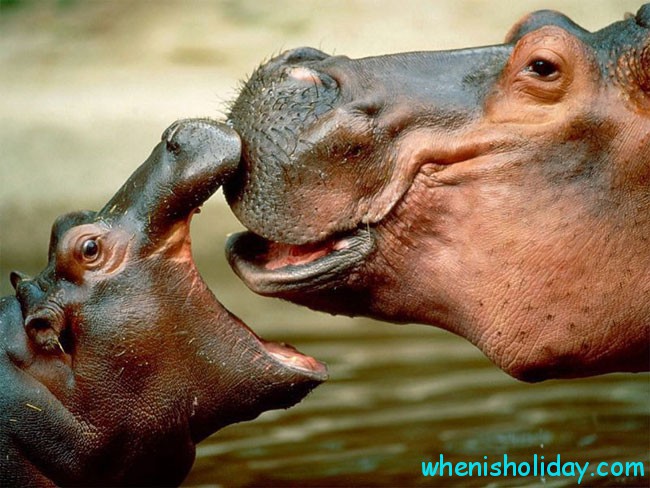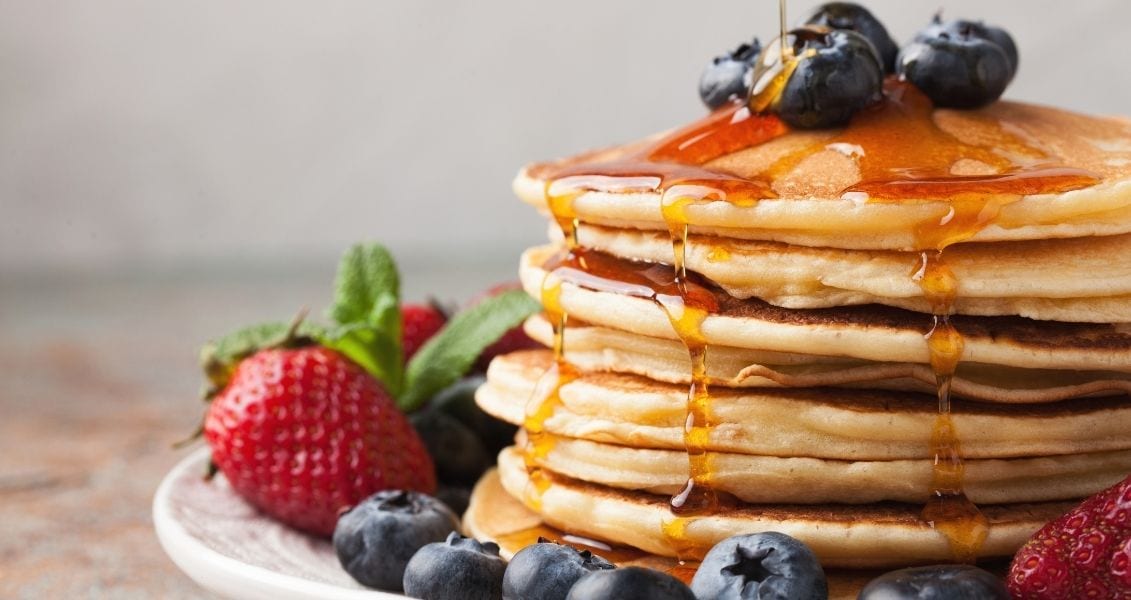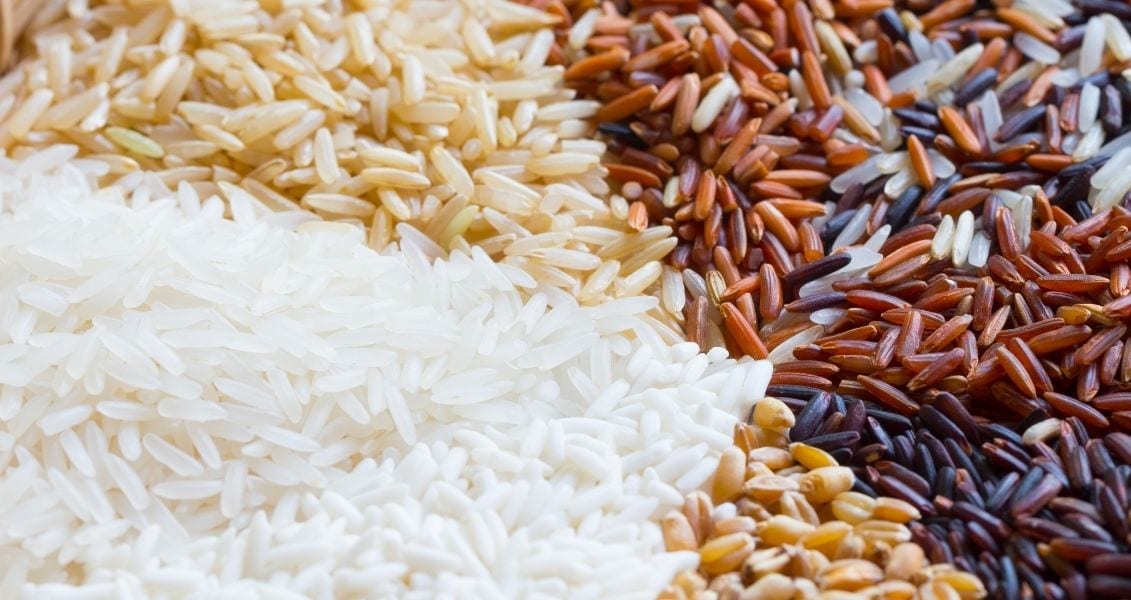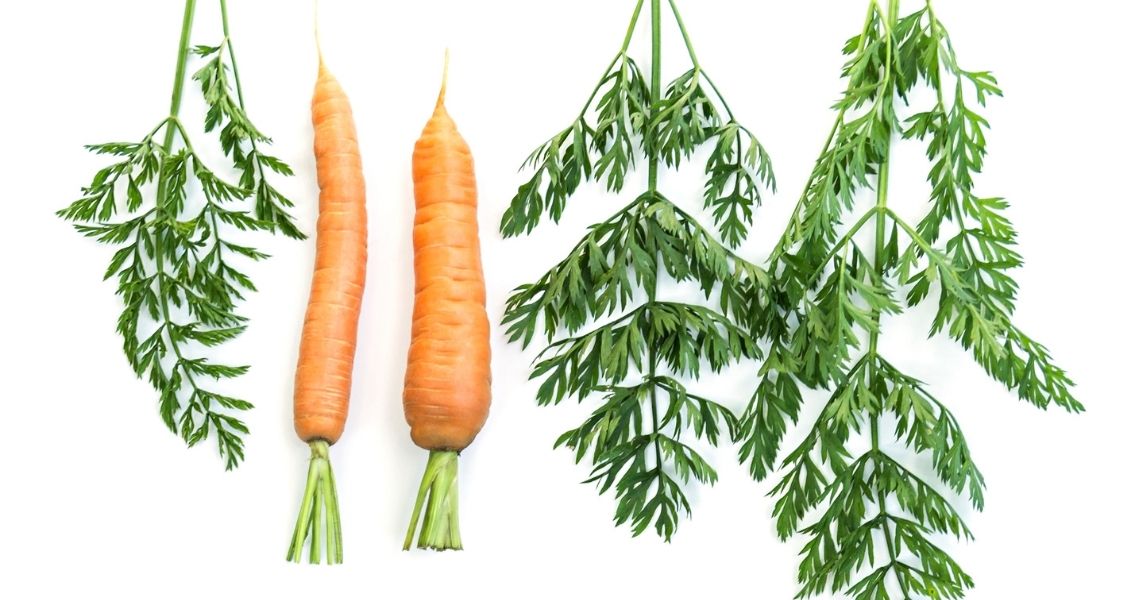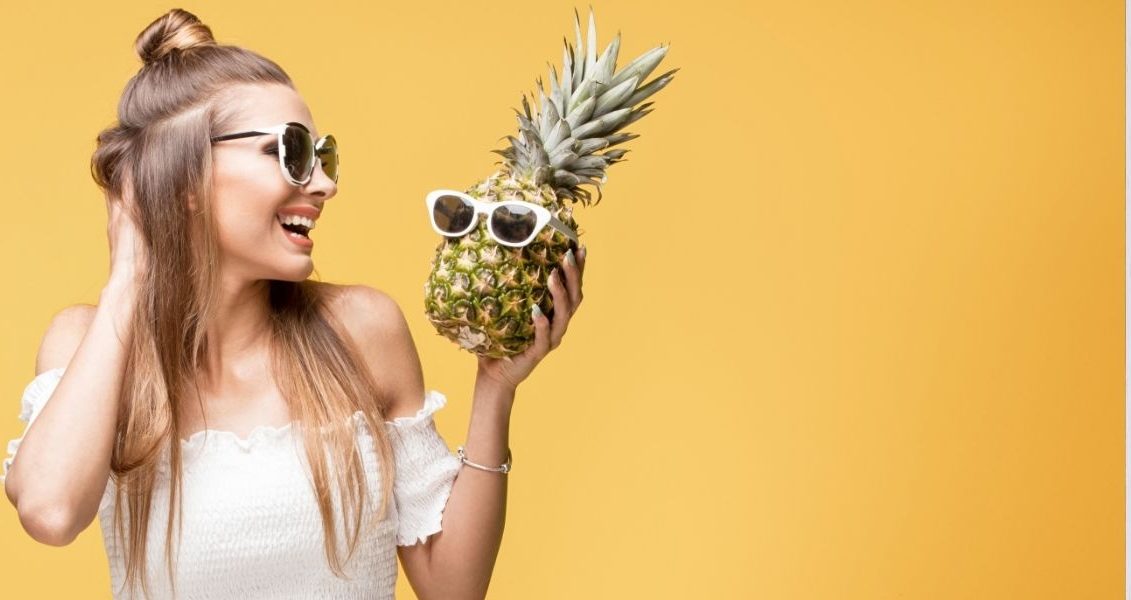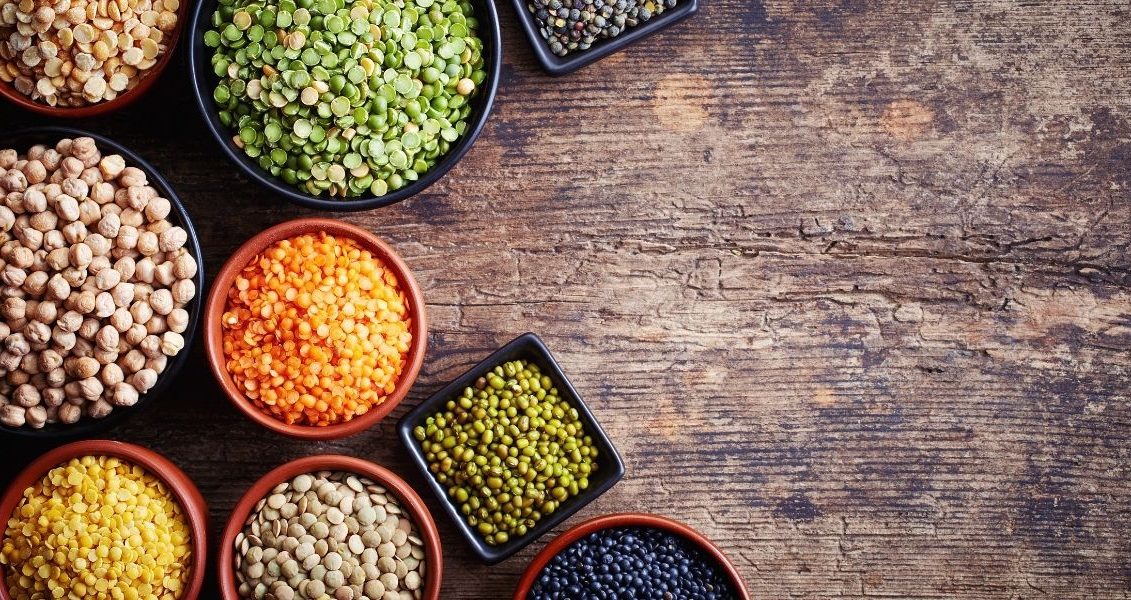Banana split, banana muffins, banana bread, banana pudding, banana pancakes – raw, cooked or fried, bananas are among the most consumed fruits on the planet.
Yes, we know that bananas can be considered berries, but this is all quite arbitrary, so we will continue to consider them fruits. But what else interesting is known about bananas, read in our selection of interesting facts.
Based on discovered written sources in Sanskrit dating back to 500 BC, some scholars believe that bananas were the first fruits on Earth. It is one of the most important tropical fruits, an important cash crop grown on large plantations for export, and the most important staple food for many developing countries. They often replace bread, potatoes, meat and other products.
Banana DNA is more than half identical to human DNA.
Bananas are not trees at all, they are giant perennial grasses with spirally arranged huge leaves that emerge directly from the rhizome, forming a false trunk that often reaches a height of 5-9 m. The plant is considered one of the tallest herbs in the world.
Each fruit (bunch) can contain up to 300 fruits weighing up to 60 kg. After fruiting the aerial part of the banana dies, and new trunks grow from the rhizomes. Bananas ripen 3 times a year.
Ropes and technical fabrics are made from the leaves of some types of bananas.
Banana peel can be used against mosquito bites. It is enough to rub the bite site with the inner surface of a banana peel to feel instant relief.
Bananas come in different shapes and varieties. More precisely, there are more than 1000 varieties of bananas. The most common commercially produced banana in the banana industry is the sweet banana Cavendish.
The Cavendish banana variety, which accounts for 95% of all commercial bananas sold, has no seedsand this makes it extremely convenient to eat.
The Cavendish banana contains about 400 milligrams of potassium per 100 grams of fresh fruit, which is comparable to many processed legumes, meat or fish. When eating bananas regularly help regulate blood pressure and control the activity of the heart. Those who consume high amounts of potassium have a nearly 27% lower risk of heart disease.
There is also a hormone of joy in bananas!
– How did you find out?
– Where have you seen sad monkeys?!
Some varieties of bananas are characterized by a high content of vitamin A, for example, the variety “Utin Lap” (Utin Lap), which grows in Micronesia. One of these small bananas (about 100 g) meets the need for vitamin A for 2 days. But there is almost no vitamin A in the Cavendish variety.
Bananas help athletes perform better. In addition to the high content of potassium, they is a quick source of energyas well as vitamins C and B6.
Bananas are also very good for the skin. And for this, it is not even necessary to eat them. Here is a recipe for a simple mask for dry skin:
1 ripe banana should be mashed with a fork and mixed with 1 tsp. heavy cream. Apply to the face for 15-20 minutes, then wash off. The mask moisturizes dry skin well!
Bananas and potatoes provide nine essential nutrients (energy, protein, fiber, iron, zinc, calcium, vitamin A, vitamin C, and folic acid salt) that are more per hectare per year than grains or any what other foods.
Bananas are produced in more than 135 countries and territories in the tropics and subtropics. It is in the first place Indiawhich produces 29.7 million tons per year, followed by Uganda (11.1 million tons per year) and China (10.7 million tons per year).
By 2070, the average annual temperature is expected to increase by 3°C. Then the area of land suitable for growing bananas will increase by 50%.
More interesting facts on our “Planet of Facts” in Telegram. Join in!
